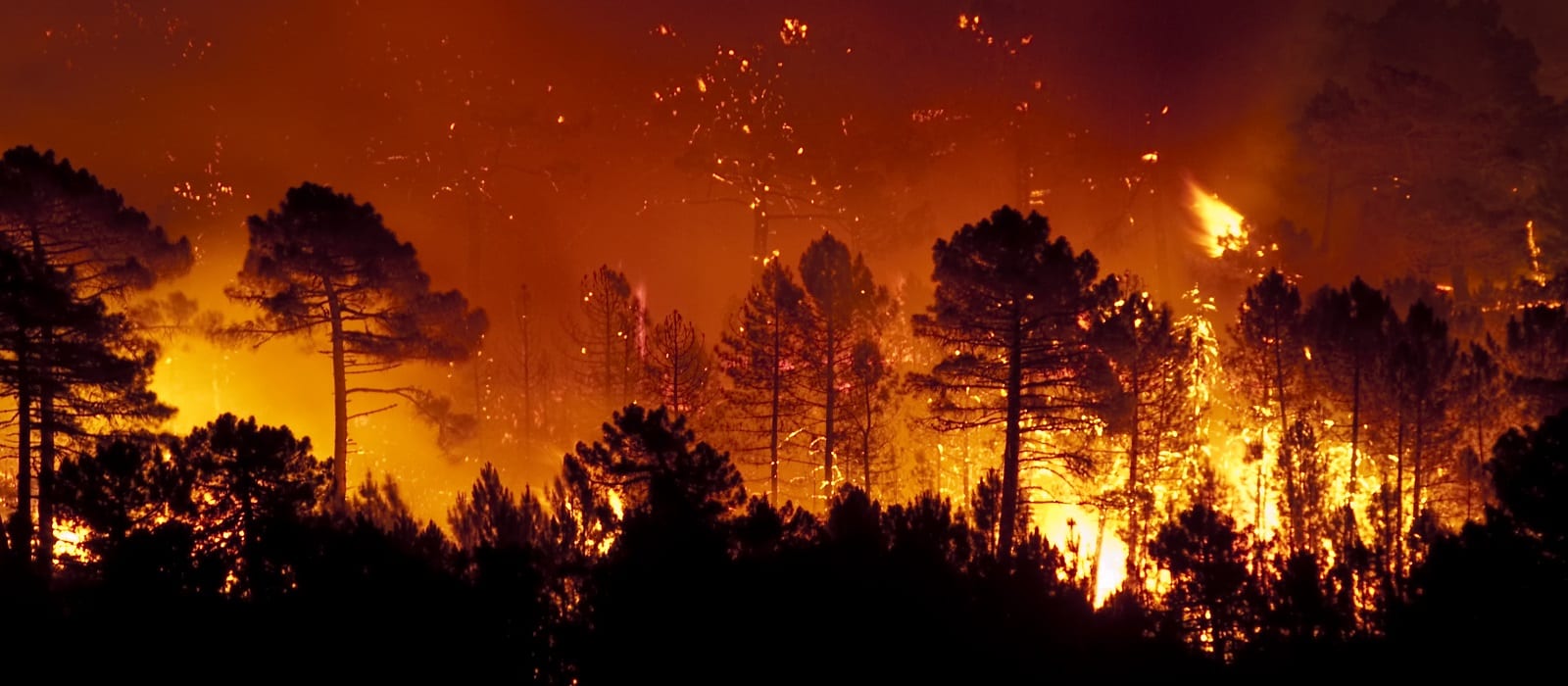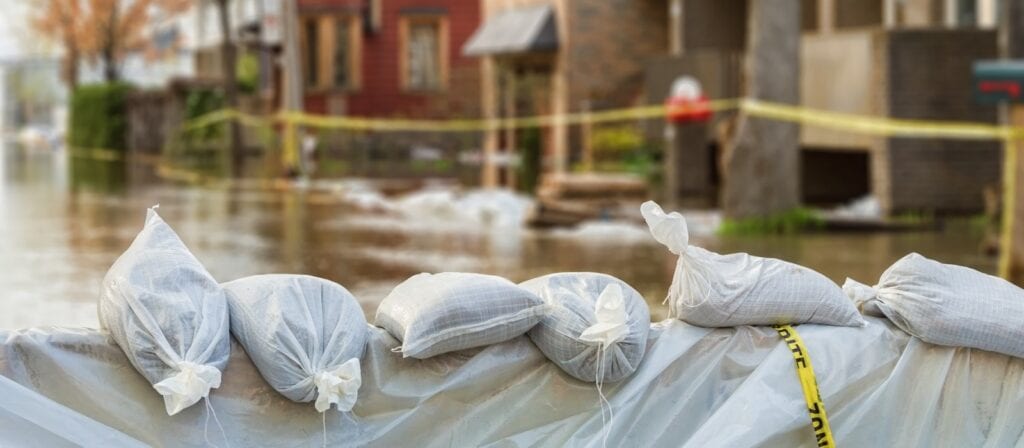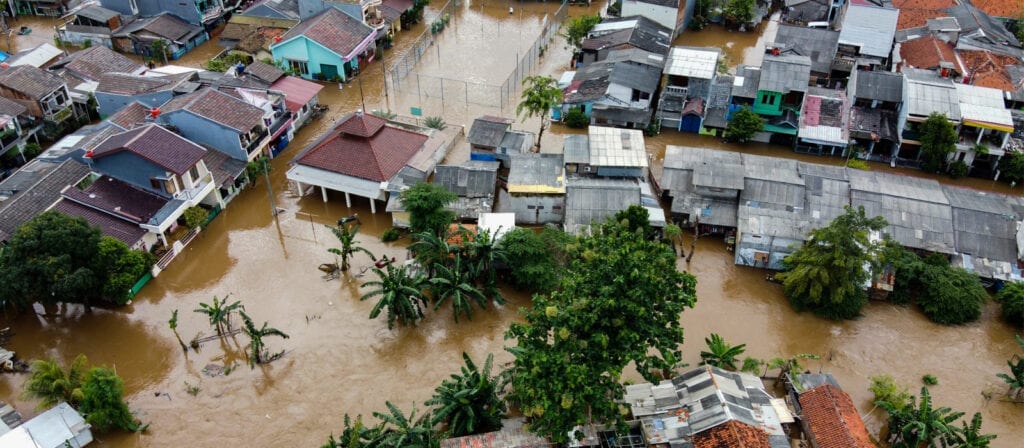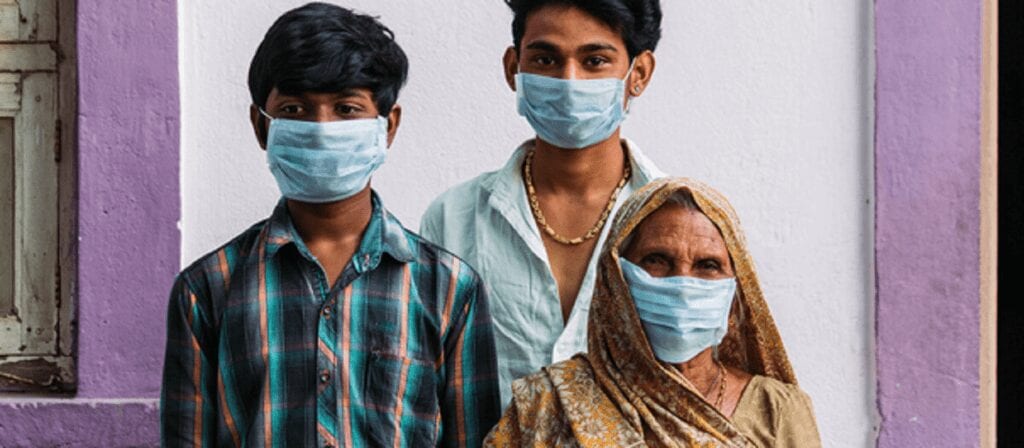On Friday 30 April 2021, ICMIF hosted a webinar as the formal launch event for the joint ICMIF-UNDRR report, From protection to prevention: The role of cooperative and mutual insurance in disaster risk reduction. The report identifies seven practical mechanisms for how the cooperative and mutual insurance sector can help drive prevention and disaster risk reduction. Based on an analysis of 20 case studies from ICMIF members, the mechanisms provide a practical way for the cooperative and mutual insurance sector to implement the Sendai Framework for Disaster Risk Reduction. The webinar also showcased the first pilot projects from ICMIF members working in collaboration with UNDRR to put the mechanisms into practice. Over 400 individuals registered for the webinar, making this ICMIF’s most popular webinar to date. Since its launch the report has been downloaded over 120 times.
In her opening remarks in the webinar, Mami Mizutori, Special Representative of the Secretary-General for Disaster Risk Reduction, United Nations Office for Disaster Risk Reduction (UNDRR) said: “The United Nations Office for Disaster Risk Reduction appreciates ICMIF’s hands-on approach and sense of urgency since we formalised our collaboration in 2019. This is a collaboration which is critical to explore and promote ways for the cooperative and mutual insurance sector to move from a focus on a risk protection to risk prevention, and a critical cooperation for the implementation of the Sendai Framework for Disaster Risk Reduction, the global blueprint for disaster risk reduction and resilience.”
Mami Mizutori continued: “Our understanding of an approach to risk needs to be fundamentally re-examined. The interconnectedness and cascading dimensions of risk must inform policies, practices, and investments. The Sendai Framework recognises the role of the private and financial sectors and their regulators in disaster risk reduction, highlighting the role of insurance. Through our collaboration, not only has a shared understanding been achieved on how the insurance sector can best support disaster risk reduction. We have also moved words into action with pilot initiatives already in development.”
Mami Mizutori affirmed her belief that, thanks to the focus on resilience and innovation in community engagement, the cooperative and mutual insurance sector has demonstrated that it is uniquely placed to inform and lead the shift from protection to prevention.
Hilde Vernaillen, Chair, ICMIF and Chair of the Management Committee at ICMIF member P&V Group (Belgium) spoke of the need to prevent new risks and reduce existing ones as being more urgent than ever. In her opening remarks, Hilde Vernaillen said: “This is not something that any one individual or even one organisation as an insurer can hope to tackle in isolation. We are facing one of the most existential crises for centuries, it is really the time to develop meaningful partnerships and share knowledge generously for the ultimate survival of humanity. Working together for a better society, this is what ICMIF members have done for almost one century. We do that through our global ICMIF network. As values-led insurers, we can act for the long-term and we are trusted to do the right thing for customers and society. Cooperative and mutual insurers are again poised and ready to lead from the front. This time with examples of the work that they have been doing in terms of disaster risk reduction and resilience.”
Irina Zodrow, Head, Partnerships and Stakeholder Engagement Unit, UNDRR spoke of how the collaboration between ICMIF and the UNDRR began in 2014, before the adoption of the Sendai Framework. The partnership was formalised in 2019 at the ICMIF Biennial Conference in November in Auckland (New Zealand), with a focus on the move from protection to prevention, with the final goal to develop a resilience framework for the mutual and cooperative sector. The cooperation has a key focus on the Sendai Framework, which the UNDRR is the custodian agency for. Irina Zodrow also pointed out that the collaboration and the case studies highlighted in the new report support the broader 2030 Agenda with risk and resilience truly ingrained across all 2030 Agenda agreements. These include the SDGs; the Paris Agreement; the Financing for Development Agenda; and the Urban Agenda. Together they bring a very strong call to shift from a short-term and linear economy and thinking, towards long-term resilient, sustainable development.
The report identifies seven practical mechanisms for how the cooperative and mutual insurance sector can help drive prevention and disaster risk reduction. One of the direct mechanisms is the application of variable pricing to provide incentives for risk reduction by policyholders.
The seven mechanisms for supporting disaster risk reduction and resilience through cooperative and mutual insurance
Direct mechanisms – for insurance products to reduce disaster risks:
- Apply variable pricing of insurance to provide incentives for risk reduction
- Include prerequisites and exemptions to provide incentives for risk reduction
- Ensure investment reduces and prevents risk and builds resilience
Indirect mechanisms – for insurance providers to reduce disaster risks:
- Raise awareness of the systemic nature of risks and provide transparent information and advice for reducing hazards, exposure, and vulnerability
- Build and share capacity and technology for risk modelling, analysis and monitoring
- Promote and enhance local social capital for responding to disasters and innovating to reduce risks
- Collaborate with the public sector to signal unsustainable development and support decision making towards disaster risk reduction and risk-informed investment while closing protection gaps
Ann Sommer, Senior Advisor and Former CEO of ICMIF member Länsförsäkringar Sak (Sweden) spoke of a programme from Länsförsäkringar to promote safer farming and reduce risks on farms. The programme is known as “Safe Farm” or “Safe Horse Farm” and the purpose is to educate farmers about all the possible dangers on a farm. The programme begins with online learning on risks for the farmer which is then followed up by a visit from a specialist in farm risks from the mutual insurer. The specialist points out all the areas of most risk on the farm to the farmer and together they draw up a plan of changes for the farm as the necessary preventative steps to be taken to reduce the risks. Once the steps have been taken and the risks reduced then the farm is given “Safe Farm” certification which gives them a much lower, risk-based premium. As Ann said: “this is really a win-win situation, a safer farm, and a lower insurance cost.”
Another direct mechanism is for insurers to include prerequisites and exemptions to provide incentives for risk reduction. Hilde Vernaillen gave some examples of this from her cooperative insurance organisation the P&V Group. One of these is in P&V’s commercial lines cover where businesses are required to put certain protection measures in place and also provide proof of their policies on preventing risks before they can access cover through P&V.
In the case of domestic policyholders P&V has created a community where motorcyclists can exchange information and have conversations on good practices for how to drive safely as a motorcyclist. By being a part of this community, the motorcyclists are given a price reduction on their insurance cover. The community also encourages the wearing of a personal safety pack containing airbags which means that if they are involved in an accident and fall off their motorcycle they are better protected and their risk reduced. The community also advocates the wearing of devices that give an immediate alert to emergency services if needed, for example if an accident has occurred. This is a very new project for P&V but the pilot is doing very well affirmed Hilde.
One of the indirect mechanisms mentioned in the report is for insurers to raising awareness of the systemic nature of risks and provide transparent information and advice for reducing hazards exposure and vulnerability.
Rob Wesseling, President and CEO, at The Co-operators (Canada) gave examples of where, through partnerships, his organisation has been able to raise awareness around things like hail risk, forest fire risk and flood risk. One organisation that The Co-operators partners with is the Institute for Catastrophic Loss Production which does great research on these types of perils. The Institute then publishes that research, making the data available so that cities, provinces, even the national government can use it. This then enables them to make sound decisions on things like building codes for where and how to locate buildings or developments whilst protecting communities.
Another organisation that The Co-operators works with is Partners for Action and is focused entirely on flood. The Co-operators is a founding sponsor of that organisation. They do a great deal of work focused on trying to ensure that Canadians understand the flood risks that they are exposed to. Rob Wesseling pointed out that the majority of people who are in flood zones actually don’t understand that they are and so they can’t make good decisions on their risks if they don’t have good information.
Whilst the case studies will help ICMIF members operationalise the move from protection to prevention, the pilot programmes which will now follow the report aim to be game-changers for addressing and financing disaster risk reduction and resilience in countries and communities increasingly affected by the effects of climate change. Insurers are uniquely placed in that they have both the financial resources and the risk knowledge to bring these two resources together. Insurers from the cooperative and mutual sector, with their long-term view and purpose-led strategies are the ideal organisations to lead in this area. The pilots aim to identify investable, resilience building projects and match them with capital to make communities more resilience. It really is a “win-win-win” for all the stakeholders that need to be involved, governments, communities and mutual insurers.
In her closing remarks, Mami Mizutori said: “partnership is the key to doing things successfully” and said that her hope was for there to be more public/private partnerships to work together on prevention and preparedness now before more disasters take place. Mizutori committed the convening power of the UNDRR and other UN bodies and promised to work with ICMIF members, the insurance sector and with governments to ensure much stronger mechanisms for prevention.
Mizutori went on to say that she and the UNDRR were very proud to launch this report with ICMIF, with the seven solid mechanisms, and the pilot initiatives. Mizutori said she believes we need many more case studies and pilot initiatives in addition to the existing 20 case studies and some pilot initiatives have already started at ICMIF members because we need to understand better what the barriers and bottlenecks to really implement these seven mechanisms are. She said: “We need to understand what kind of dialogues we need to have with other partners, including governments and regulators, in order to make these mechanisms operational. We need to have additional research and collect more data once again to create more case studies from ICMIF members.”
Mizutori closed by saying: “I know that 150 members of ICMIF are with us today. I really want to make a call to all of you. Please join us in this second phase to create more case studies and build on the pilot initiatives and we need to be quick… we don’t have much time so let’s move into the operational phase without delay. I think this is really important for the next step but we need to do this together.”
Watch the webinar here.






